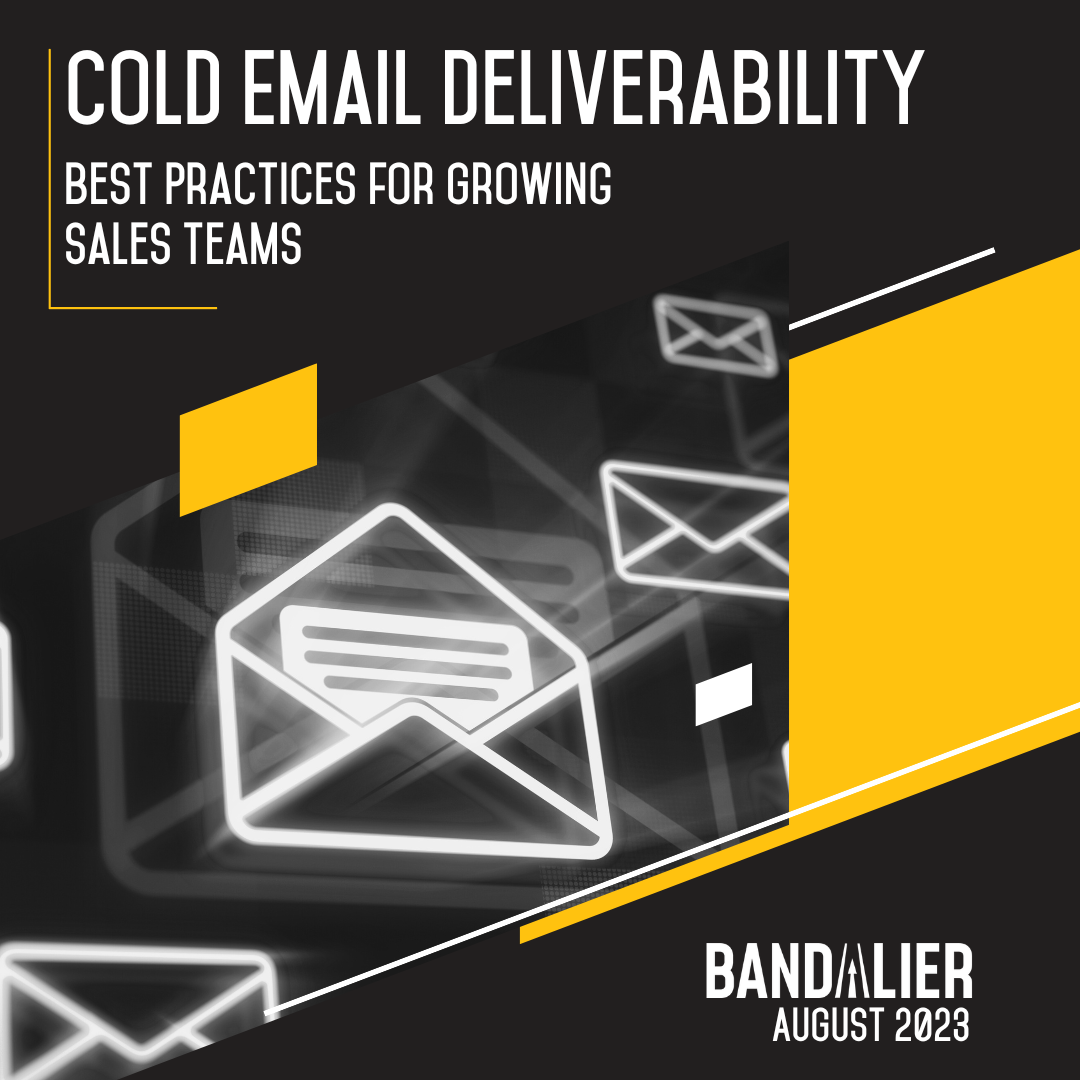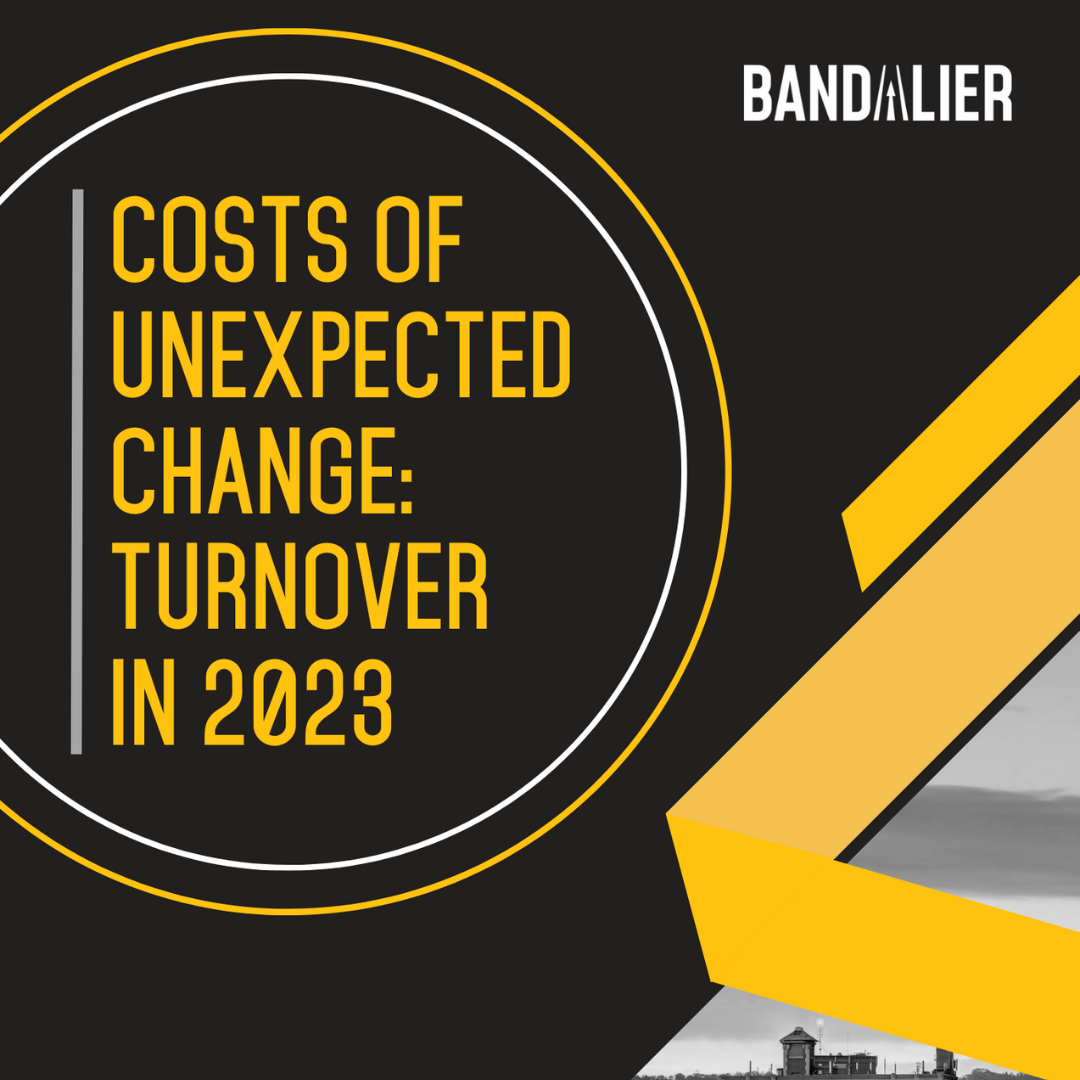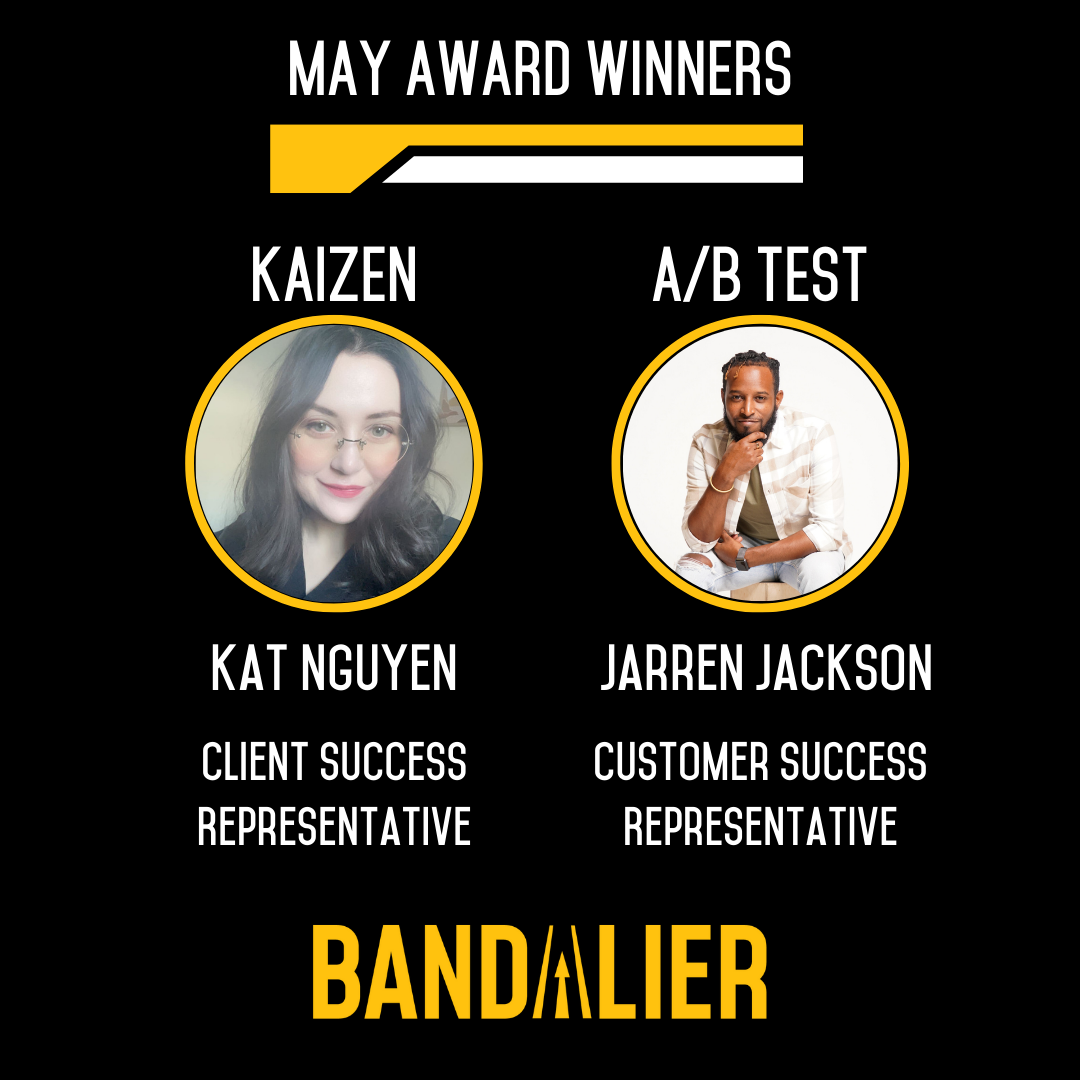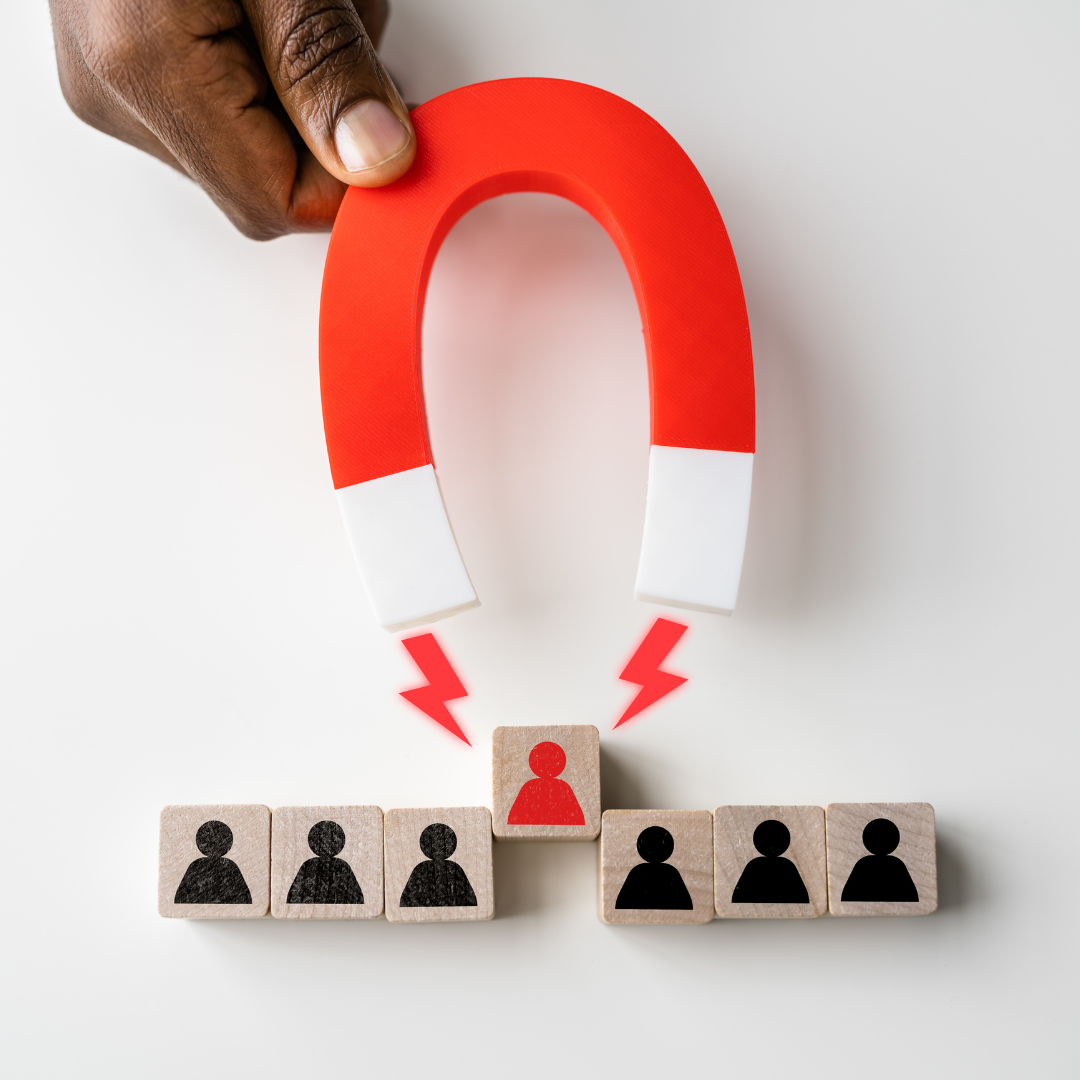Having more leads than your team can handle is every sales leader’s favorite problem – but it’s still a problem that needs a solution. So, what can you do?
When demand is high, many leaders consider augmenting their sales staff – either with outsourced or internal resources. You might be considering bringing in one or more BDRs or SDRs to help with this problem.
But is a BDR or SDR the right solution to your lead problem? And, considering BDRs and SDRs are actually distinct roles – which would be best suited to help?
This article answers these questions by looking at these roles and sharing three signs that your business may benefit from hiring one. Let’s review the difference between BDRs and SDRs before moving onto the questions you might consider before adding one or more new members to your sales team.
The Difference Between a BDR vs SDR
Many people use the term ‘business development representatives’ interchangeably with ‘sales development representatives.’ These terms are similar, but they are not exactly the same – and definitions often vary across organizations!
Through our experience helping dozens of clients to fill sales roles, we’ve seen some subtle nuances that distinguish these roles. These differences mean that a person who is well-suited for a BDR role may not be suited to be a SDR. From our experience, this is how Bandalier defines these two separate titles:
- SDRs: They focus on cold sales outreach for inside sales teams. SDRs talk to new leads right at the top of the funnel. They’ll bring new prospects into the pipeline, qualify them, and introduce them to an Account Executive to help the sales process move forward.
- BDRs: They focus on prospects who have expressed interest without moving forward. Organizations often refer to this as ‘cool’ or ‘lukewarm outreach’. BDRs engage with these leads, and guide them from the top to middle of the sales funnel. Just like SDRs, BDRs don’t usually close deals, but schedule follow-ups with other sales team members.
BDRs are usually first in line to pick up low-engagement marketing leads. This saves the account executive or sales director time by weeding out leads who might not be a good fit.
As an example, Bandalier’s outsourced business development representatives often engage with leads who are sitting near the top of the sales funnel. This often means calling folks who registered for webinars without attending them, or following up on contact forms. They build strong relationships with these leads, learn more about their needs, and find qualified opportunities that support your growth goals.
If you’re still with us, you’re likely considering bringing a BDR or SDR onto your team. For the rest of this article, we’re going to focus on the questions you should consider when evaluating the type of team member you need to bring onboard.
Sign #1: Inconsistent or Declining Sales Growth
Declining or inconsistent sales growth is one of the clearest signals that your team could benefit from adding a BDR.
As your company grows, your sales team will need to prioritize new inbound leads. 78% of customers buy from the company that answers first. However, that might mean leaving other deals on the table. Not every lead will close on the first call. The biggest problem a sales team can have is not closing deals because they are too busy to focus on follow-ups.
Salespeople spend 63% of their time on non-revenue-generating activities. Combine that with time spent prioritizing new leads, and it’s easy to see how cool leads can drop out of the funnel. Obviously, this isn’t optimal for driving sustained sales growth.
If you’re seeing consistent inbound lead volume, a team of one to three BDRs could help maintain consistent sales growth. They’ll identify new leads, ensure that those leads are qualified to move forward in the sales process, and nurture existing leads that were previously pushed to the side.
BDRs typically complete a wider range of activities to support your sales team. If your business has inconsistent or declining sales growth due to an underdeveloped sales process, a BDR can help refine those workflows and set up future SDRs for success.
If your company has an established sales process and inconsistent inbound lead volume, you might benefit more from an SDR. SDRs are a great choice for companies that need targeted cold outbound support. They’ll work with your team to expand the top of your sales funnel, identifying and contacting new leads to generate interest.
SDRs are most effective when they operate as a complement to your established sales process. They’ll need to work closely with your existing sales team to understand which types of prospects are most valuable. By following your playbook, they can support the Account Executive or Senior Sales Rep by scheduling meetings that are likely to lead to closed deals.
Sign #2: Overwhelmed Sales Team
We often work with clients who have achieved steady growth and need to add capacity to relieve their overwhelmed sales team. If your team is constantly running at maximum capacity, it will likely lead to burnout – which quickly leads to turnover.
For example, Account Executives need to prioritize their time connecting with and qualifying leads. This is a vital task because they need this time to build relationships with prospects and close those deals. As you add more leads to your funnel, that means your AEs will have more to do. They’ll need to prioritize high-value deals. But this leaves a gap, and lower value deals may fall into it. These leads are perfect for a BDR to take over.
BDRs can take over the work of qualifying and nurturing new leads, giving your AEs more time to focus on building long-term partnerships and closing deals.If your Account Executives and inside sales team are overtaxed with outreach and nurturing new leads, your team can massively benefit from a BDR.
From our experience supporting growing businesses with outsourced BDRs, we recommend two to three BDRs to support one Account Executive. However, this estimate depends on your sales team’s scheduling rate. How many calls does it take for you to reach a prospect the first time? How many follow-ups does it take your team to get a meeting on the calendar?
If your team has high contact and scheduling rates, your AEs will likely be well-supported by fewer BDRs.
If you have low contact and scheduling rates, then you’ll likely need more BDRs to support your AEs. To maximize your sales funnel, you’ll need your BDRs to take on lead generation and qualification. This frees up your Account Executive(s) to focus on closing and nurturing relationships.
On average, it takes eight high-quality sales touchpoints to engage a prospect. That number can climb as high as twenty touches for tough industries. That’s why Bandalier’s BDRs aim for a minimum of twelve touches for each prospect in our outreach.
Sign #3: Limited Resources for Sales and Marketing
While SDRs focus on enhancing your sales funnel, business development representatives are most effective when they work as part of your marketing funnel. They can handle low-scoring, low-detailed, or otherwise lower-quality marketing leads and follow up with them. This gives your Account Executives or Senior Sales Reps more time to focus on high-quality leads.
Unlike SDRs, who bring new leads into the sales process, BDRs take existing leads to the middle of the funnel – while Account Executives focus on sealing the deal with only the best leads.
BDRs provide relief to your sales team and accelerate your sales growth by:
- Providing expertise in sales and marketing support
- Building and managing your sales pipeline from marketing activities
- Identifying low-scoring leads from marketing
If your BDR will be focused on following up with marketing leads, you may want to consider changing their title. Our experts at Bandalier have worked with marketing development representatives (MDRs). MDRs work most closely with the marketing team following up on content downloads, webinar attendance lists, and other hand-raising events that bring prospects into the top of your sales funnel. Just like BDRs, they’ll help stay in touch with ‘lukewarm’ leads and keep those people moving through your sales funnel.
BDRs are also a good first choice for companies that are moving away from founder-led sales and marketing for the first time. If your business has been growing through founder-led sales so far, it can be tough to switch customers over to an Account Executive. However, adding a BDR to your team to schedule meetings with your founder is a good stopgap for that transition period.
Close More Deals with Business Development Representatives
If your business:
- Has declining or erratic sales growth
- Has overwhelmed Account Executives and inside sales team members
- Has leads from marketing and sales left on the table
Then it may be time to consider adding BDRs to your team. A BDR can help increase sales growth, use internal resources efficiently, and improve sales strategies.
If you’re struggling to fill a sales or BDR position – since SHRM reports that the average time to hire a new employee is 42 days – you might want to consider outsourcing. Outsourced business development representative talent is a cost-effective solution that many companies use to fill the gaps in their sales process.
Ready to connect your scaling business with continuously learning BDR talent? Learn more about how Bandalier’s outsourced business development representatives will help you reach your growth goals.














